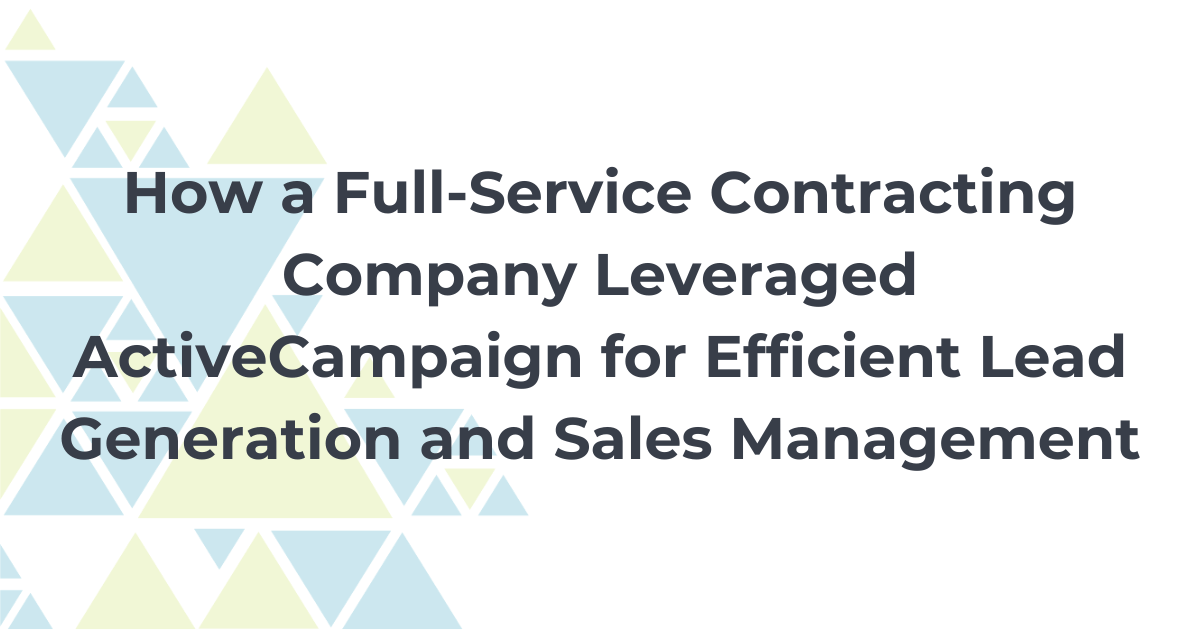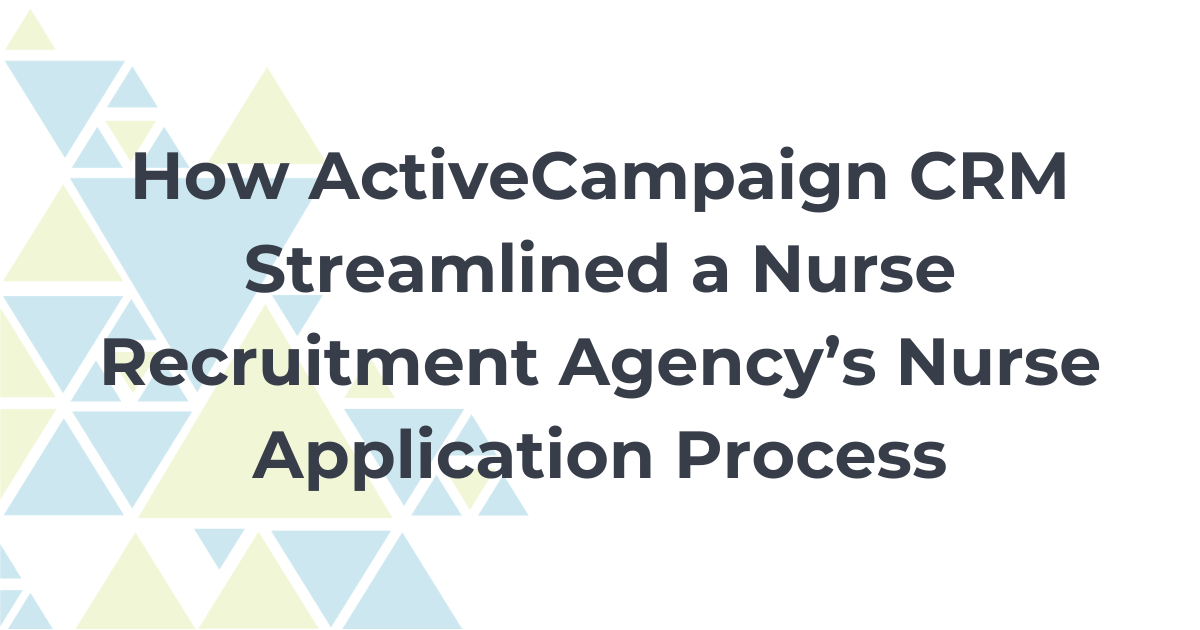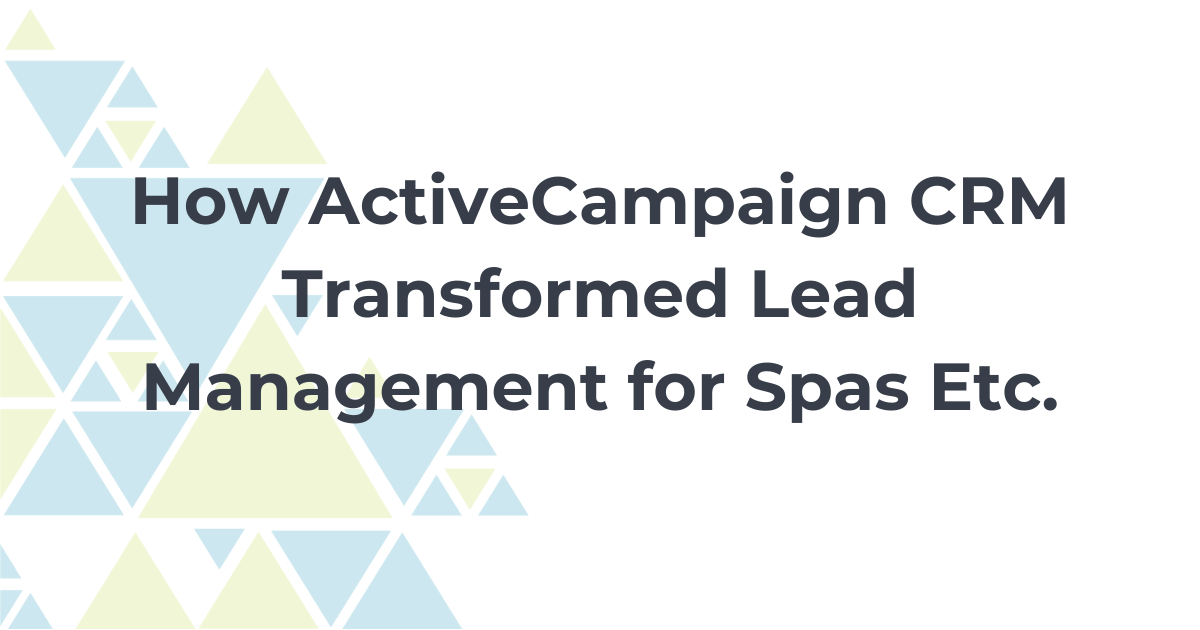When a customer completes a transaction on your e-commerce business, it’s not the end of their journey—it’s just the beginning. The post-purchase experience is a critical phase that can significantly impact customer satisfaction, loyalty, and lifetime value. During this phase, you can transform a one-time buyer into a repeat customer, starting with an effective post-purchase email flow.
Post-purchase emails are not just about confirming the transaction; they’re about continuing the conversation with your customers, making them feel valued, and encouraging them to engage with your brand. From the order confirmation email to the shipping confirmation email, each message plays a crucial role in shaping the customer’s post-purchase experience.
But it’s not just about sending emails; it’s about sending the right emails at the right time. A well-crafted post-purchase email campaign can help increase customer loyalty, encourage repeat business, and boost sales. However, a poorly executed campaign can lead to customer confusion, dissatisfaction, and lost opportunities for further sales.
In this blog post, we’ll delve into the importance of post-purchase emails, discuss the various types of emails you should be sending, and provide tips on creating an effective post-purchase email flow.
Whether you’re a small business owner or a digital marketing professional, you’ll find valuable insights and practical advice to help you maximize the potential of your post-purchase email campaigns.
Understanding Post-Purchase Emails
In ecommerce, the customer journey continues once a purchase is made. That’s when one of the most crucial phases begins – the post-purchase phase. This is when businesses can transform a one-time buyer into a loyal customer with an effective post-purchase email flow.
What are Post-Purchase Emails?
Post-purchase emails are a series of communications sent to customers after they’ve made a purchase. They serve multiple purposes, from confirming the transaction and providing shipping information to thanking the customer and encouraging future engagement with the brand. But they’re not just about providing information; they’re about continuing the conversation with your customers, making them feel valued, and encouraging them to engage with your brand.
The Role of Post-Purchase Emails
Did you know engaging with new customers is five times more expensive than engaging with existing ones? This is why you want to work the post purchase relationships!
Post-purchase emails are vital in customer retention and increasing customer lifetime value. They help to keep the customer engaged with your brand after they’ve made a purchase, providing them with important information, thanking them for their business, and encouraging them to make future purchases.
A well-executed post-purchase email flow can significantly enhance the customer’s post-purchase experience, increasing customer satisfaction, loyalty, and repeat business. On the other hand, a poorly executed post-purchase email flow can lead to customer confusion and lost opportunities for further sales.
The Power of Personalization
One of the critical aspects of effective post-purchase emails is personalization. This means not only addressing the customer by name but also tailoring the content of the email to their specific purchase and their interactions with your brand.
For example, if a customer has purchased a particular product, the post-purchase emails they receive could include tips on using that product, related products they might be interested in or special offers related to that product category.
Personalization is what makes post-purchase emails so powerful. It shows the customer that you see them as individuals, not just sales figures, and that you value their business. This can go a long way in building a positive, long-term relationship with the customer.
In the next section, we’ll delve deeper into the different types of post-purchase emails and how to craft them effectively.
Types of Post-Purchase Emails
Post-purchase emails are a powerful tool for maintaining communication with your customers after they’ve made a purchase. But not all post-purchase emails are the same. Different types of emails serve different purposes and should be sent at different times.
Timing is everything when it comes to post-purchase emails. Sending the right email at the right time can significantly enhance the customer’s experience and increase their engagement with your brand.
Here are some of the key types of post-purchase emails that you should consider including in your email flow.
Order Confirmation Email
The order confirmation email is the first email a customer should receive immediately after purchasing. It confirms the transaction and provides the customer with a purchase receipt. This email should include essential information such as the order number, the items purchased, the total cost, and the customer’s shipping and billing information.
The order confirmation email is not just a receipt; it’s also an opportunity to reassure the customer that their order has been received and is being processed. This helps build trust and sets the tone for the rest of the post-purchase communication.
Shipping Confirmation Email
Once the customer’s order has been shipped, they should receive a shipping confirmation email. This email should include the estimated delivery date and a tracking link so that the customer can follow the progress of their shipment.
Customers appreciate being kept informed about the status of their orders. The shipping confirmation email is great for providing this information and keeping the customer engaged with your brand.
Delivery Confirmation Email
The delivery confirmation email is sent once the customer’s order has been delivered. This email confirms the delivery and can also include information on handling any issues with the order, such as returns or exchanges.
The delivery confirmation email is an essential touchpoint in post-purchase communication. It shows the customer that you care about their experience and are there to help if they have any issues.
Review Request Email
A few days or weeks after the order has been delivered, sending a review request email is a good idea. This email should encourage the customer to leave a review of the product they purchased. Reviews not only provide valuable feedback for your business but also help to build trust with future customers.
Customers are often willing to leave reviews if asked. For example, the key is to make the process as easy as possible by including a direct link to the review form.
Referral Program Post-Purchase Email
If you have a referral program, a post-purchase email is a great way to encourage customers to refer their friends and family to your business. This email should explain how the referral program works and what the benefits are for the customer.
Referral programs can be a powerful way to acquire new customers. The key is to make the program attractive to your customers and easy for them to participate in.
Birthday and Milestone Emails
Birthday and milestone emails are a great way to make customers feel unique and valued. These emails can include a special offer or discount to celebrate the customer’s birthday or a milestone in their relationship with your brand.
Customers appreciate these personal touches. They show the customer that you see them as individuals and value their relationship with your brand.
Win Back Emails
Finally, if a customer hasn’t purchased in a while, consider sending a win back email. This email can include a special offer or discount to encourage the customer to make another purchase.
Crafting Effective Post-Purchase Emails
Creating impactful post-purchase emails requires strategic thinking, customer understanding, and creative execution. Here’s how to craft effective post-purchase emails that enhance the customer experience and drive engagement.
The Importance of the Subject Line
The subject line is the first thing your customer sees when they receive your email. It should be compelling and informative, giving the customer a clear idea of what to expect in the email. For example, an order confirmation email might have a subject line like “Your order has been received!” while a shipping confirmation email might say, “Your order is on its way!”
Balancing Informative Content with Promotional Offers
Post-purchase emails strike a balance between providing useful information and promoting your brand. For example, an order confirmation email should include details about the customer’s purchase, but it could also include a promotion for a related product or a referral program.
Encouraging Customer Engagement and Feedback
Post-purchase emails are an excellent opportunity to encourage customer engagement and collect feedback. This could be through a review request email, a feedback survey, or a referral program. Remember to make it easy for the customer to engage, for example, by including a direct link to the review form or survey.
Using User-Generated Content
User-generated content, such as customer reviews or photos, can be a powerful tool in post-purchase emails. It helps to build trust and encourage future purchases. For example, a review request email could include reviews from other customers to inspire the customer to leave their reviews.
Post-Purchase Email Campaign Benchmarks
Measuring the success of your post-purchase email campaigns is crucial for understanding their impact and identifying areas for improvement. Here are some key benchmarks and metrics to consider when evaluating your post-purchase email campaigns.
Open Rates
Open rates measure the percentage of recipients who open your emails. This is an essential metric that can give you an idea of how effectively your subject lines grab the customer’s attention. A high open rate suggests your subject lines are compelling and relevant to your customers.
Click-Through Rates
Click-through rates measure the percentage of recipients who click on a link in your email. This can give you an idea of how effectively your emails drive customer engagement. A high click-through rate suggests your email content is exciting and relevant to your customers.
Conversion Rates
Conversion rates measure the percentage of recipients who take a desired action after clicking on a link in your email, such as purchasing or leaving a review. This is a crucial metric for understanding the effectiveness of your post-purchase email campaigns in driving customer action.
Customer Feedback
Customer feedback can provide valuable insights into how your customers perceive your post-purchase emails. This could be through direct feedback, such as responses to your emails, or indirect feedback, such as social media comments or reviews.
Customer Retention Rates
Customer retention rates measure the percentage of customers who make another purchase within a certain period. This is a crucial metric for understanding the effectiveness of your post-purchase email campaigns in driving repeat business.
Tracking these metrics can provide valuable insights into the effectiveness of your post-purchase email campaigns. However, it’s important to remember that these are just benchmarks. The success of your campaigns should ultimately be measured by their impact on your overall business goals, such as increasing sales, improving customer satisfaction, or boosting customer loyalty.
Mastering the Art of Post-Purchase Email Flows
In the fast-paced world of ecommerce, the customer journey continues after purchase. The post-purchase phase is a critical opportunity to build lasting customer relationships, drive repeat business, and increase customer lifetime value. And a well-planned post-purchase email flow is key to making the most of this opportunity.
From order confirmation emails to review request emails, each type of post-purchase email uniquely enhances the customer’s experience and keeps them engaged with your brand. But crafting effective post-purchase emails requires strategic thinking, customer understanding, and creative execution.
Remember, the key to successful post-purchase emails is personalization. Tailoring your emails to customers’ purchases and interactions with your brand can significantly enhance their effectiveness. And remember to measure your success. Tracking key metrics like open rates, click-through rates, and conversion rates can provide valuable insights into the effectiveness of your post-purchase email campaigns.
Post purchase emails are a powerful tool for ecommerce businesses. With careful planning and execution, they can help to transform one-time buyers into loyal customers, boosting your sales and enhancing your brand’s reputation.



